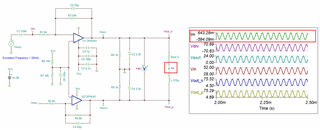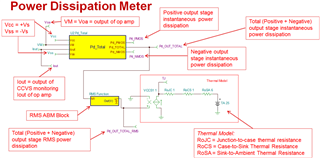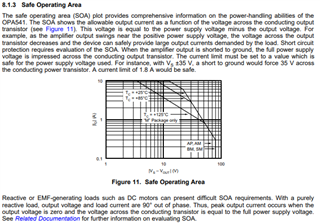Other Parts Discussed in Thread: OPA549, TPA3255, OPA462, OPA541
Hello every one
Happy new year ;
I am desiging an ultrasonic driver wth impedance tracking ; I need to drive the trancducer with sine wave about 30kHZ with Vpeak of 350V about 100W. so I am planing to use OPA549 with +/- 30 supply then a stup up transformer 1:14 . Could anyonw guide me if OPA549 is suitable for ulrtasonic ? and how to calculate the high frequancy transformer to match the trancducer.
Also I am think ing to use TPA3255 with transfomer 1:7 ; with power 50V.
Anyone could help me and I would be thankful
Regards
Hector










